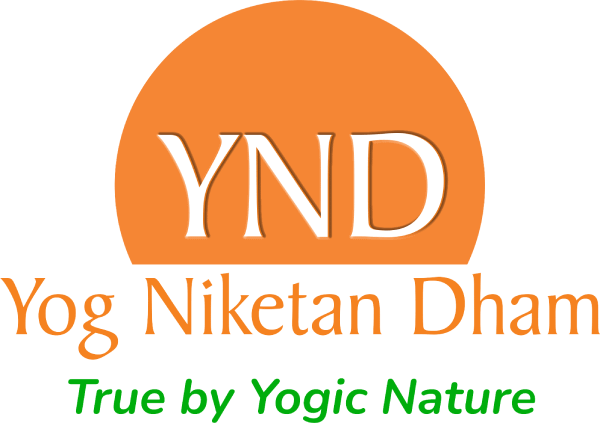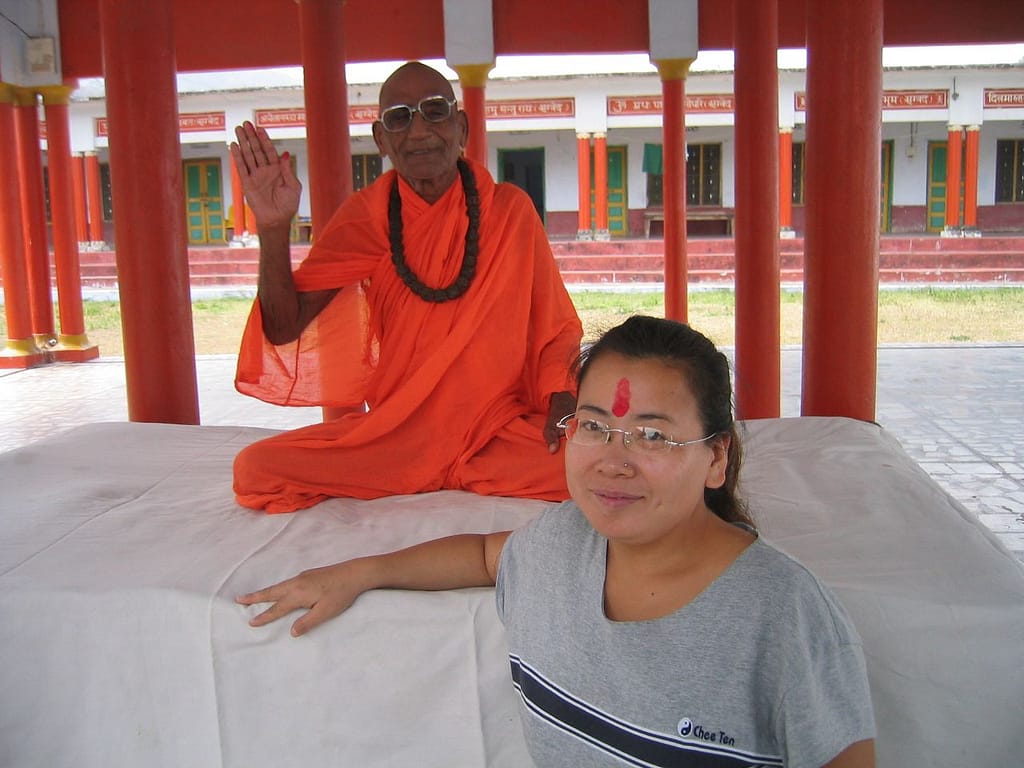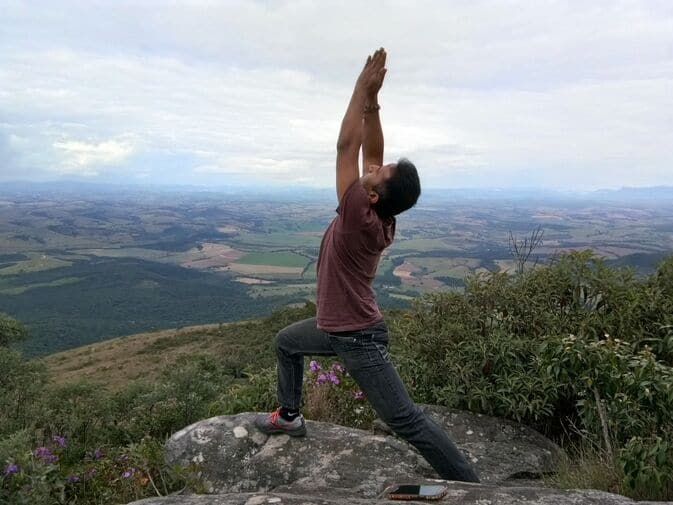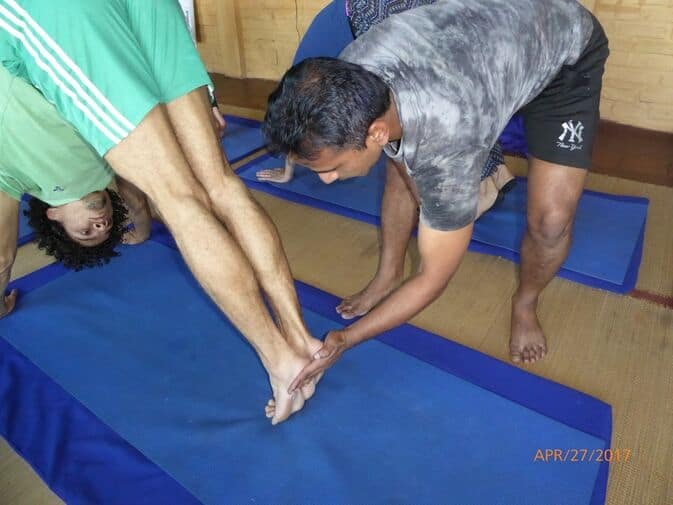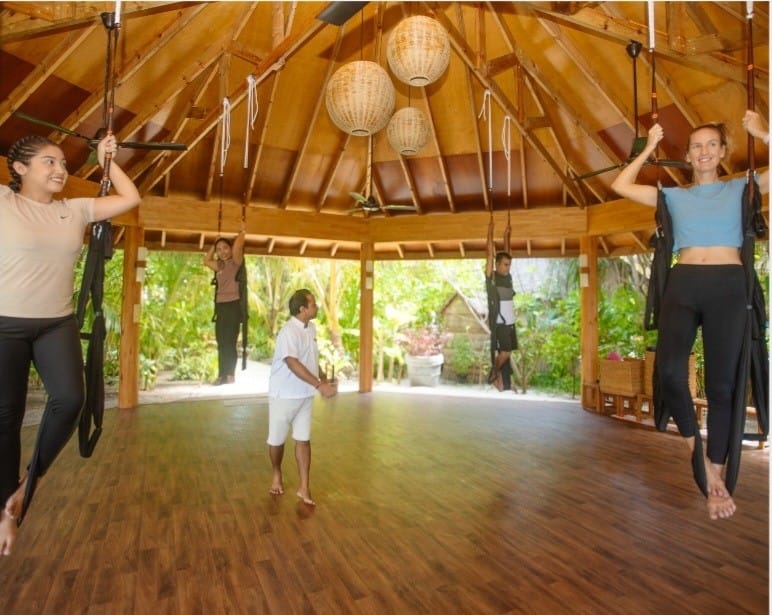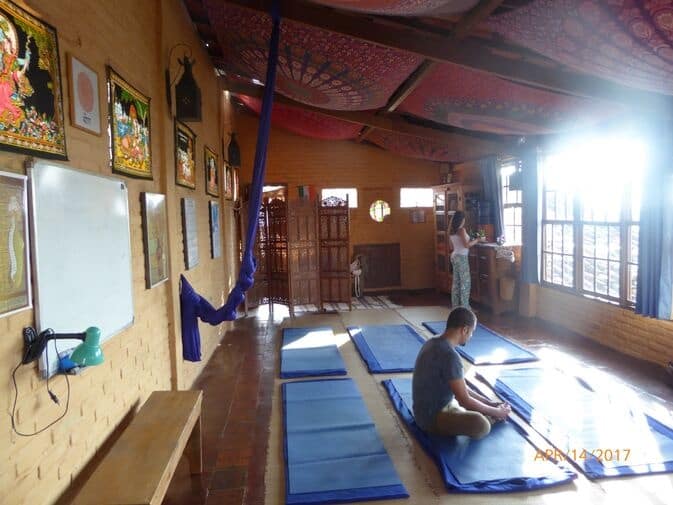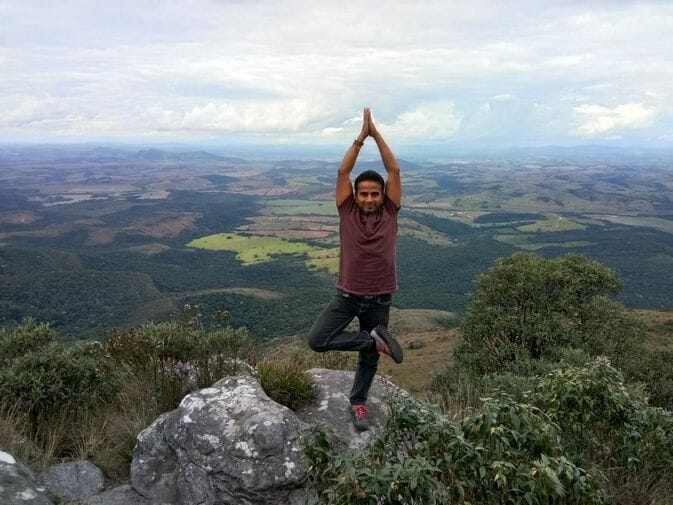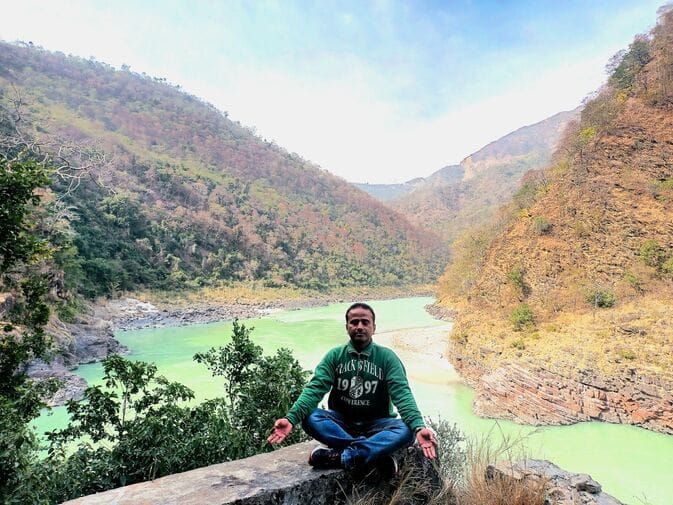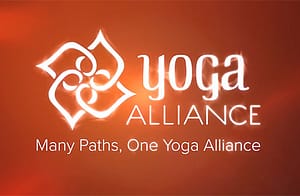Yoga for Beginners
Table of Contents
Yoga for Beginners
Yoga is a highly beneficial wellness program that has been practiced for centuries. It was formed to help us understand our natural appearance.
In modern times, it has become a lifestyle for people of all age groups. Yoga for beginners is about becoming familiar with the physical and mental aspects of the body.

What is the simple definition of Yoga?
Yoga for beginners is a highly beneficial practice that can uplift the human spirit. As per Bhagwat Gita: ‘Ýogah karmeshu kaushlam.’ Yoga practices bring perfection to actions.
Yoga beginners should start their spiritual journey after following Ashtanga Yoga (the eight limbs of yoga).
Ashtang Yoga (Eight Limbs of Yoga)
Maharishi Patanjali profounded the theory of Ashtanga Yoga (the eight limbs of yoga). In Sanskrit, Ashtanga means eight limbs, which makes it highly suitable for yoga for beginners.
Eight limbs are the fundamentals of yoga, and beginners should practise yoga from the first point.
1. Yama
The first limb of yoga, Yamas, represents the ethos of a yoga practitioner. These are also referred to as moral characters who embody the living principles of yoga. Patanjali divided them into five categories: –
- Satya (Truthfulness);
- Ahimsa (non-violence);
- Asteya (non-stealing);
- Brahamcharya (celibacy)
- Aparigraha (non-covetousness).
Yoga for beginners should start practicing yoga after incorporating it into their daily life.
First, they should practice speaking the truth and habitually follow the truthful path. Then, they should try to incorporate all Yamas into their actions.
2. Niyama
Niyamas, the second limb of yoga, promote a disciplined and self-controlling lifestyle. Yoga for beginners should obey these principles by heart.
These are essential for cultivating spiritual practices. There are five Niyamas:-
- Saucha (Cleanliness);
- Santosha (Contentment);
- Tapah (Austerity);
- Svadhayaya (Self-study);
- Ishwar Pranidhyan (Surrendering to God).
These are basic concepts of life. But everything has a meaning, from cleanliness to surrendering to God. Niyamas are used to develop self-discipline among practitioners.
3. Asana
In the modern world of yoga, asanas are primarily used in practice. Therefore, people consider asanas to be the only practice of yogic sadhana. Simply put, asanas are one of the best mediums to keep the body and mind fit.
Maharishi Patanjali mentions asanas as “Sthir sukham asanam.” A posture in which you are stable and comfortable is called an asana.
In ancient times, asanas were considered to be identical to human births. However, in the modern age, there are still approximately 200 easy yoga poses for beginners to practice.
There are different series of postures. Yoga for beginners should try all the sequences of asanas to adjust their bodies in various alignments.
Asanas prepare the body for prolonged sitting. Yoga for beginners increases the human body’s resistance power, enabling one to attain the state of Samadhi.
4. Pranayama
Pranayama is a powerful breathing practice that effectively regulates Prana, a vital life force. In Sanskrit, pranayama refers to the practice of controlling the flow of excessive breathing.
Prana is the vital force, and pranayam expands our pranic level. Pranayama is practised to regulate and broaden the pranic flow.
There are various types of pranayama and yoga suitable for beginners, and they should be learned from an experienced yoga teacher.
In simple words, pranayama is related to breathing exercises. In this practice, a practitioner learns how to formulate or use Prana properly.
There are mainly these pranayama practices which are in use: –
- Bhastrika pranayama;
- Surya bhedi pranayama;
- Nadi shodhan pranayama;
- Shitli pranayama;
- Kapalbhati pranayama;
- Shitkari pranayama;
- Chandra Bhedi Pranayama;
- Bhramri pranayama;
- Udgeeth pranayama.
Teachers analyze their students’ courses and recommend these leading pranayama practices. However, asanas must be adequately practised to attain the highest goals.
5. Pratyahara
Pratyahara is the fifth limb of yoga. It restricts the senses from external pleasures and disengages the mind from unnecessary activities.
Yoga for beginners should practise pratyahara to turn the senses internally. When a beginner is not fully aware of the senses, pratyahara helps the senses become introverted quickly.
After this, the reason is ready to experience the eternal truth. Yoga for beginners, Pratyahara, can be an exciting tool for cultivating their sense of self.
6. Dharna
In simple terms, Dharna is used to focus on a particular object. Yogic terminology explains that Dharna is a technique to bind the mind and focus on the ultimate aim.
Dharna is considered a bridge between pratyahara and meditation. In this state, a practitioner prepares his mind to enter meditation.
For beginners, the primary objective of yoga is to achieve liberation and attain the ultimate state of peace.
7. Dhyana
Dhyana, or meditation, is one of the leading practices of Ashtanga Yoga. It is the seventh limb, and the purpose of meditation is to focus entirely on one’s real nature.
Yoga for beginners should involve meditation to enhance their spiritual journey and increase self-awareness.
There are several techniques for practising meditation. Overall, meditation is for the self to attain Samadhi.
8. Samadhi
Samadhi is the highest level of yogic practice. It is practised after surrendering to the lord when nothing remains to gain or lose. A master should practise different Samadhi practices.
Note: Yoga for beginners may practice various therapeutic yoga styles, such as yoga for migraines, OCD, yoga therapy, yoga for back pain, and yoga for mental health issues.
It is highly recommended that beginners learn yoga nidra and alternative healing methods, such as Reiki, Jin Shin Jyutsu, and pranic healing.
Tags:
